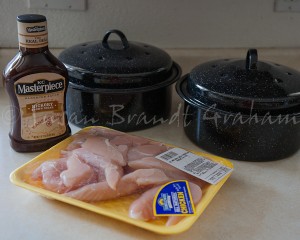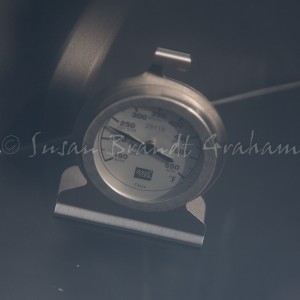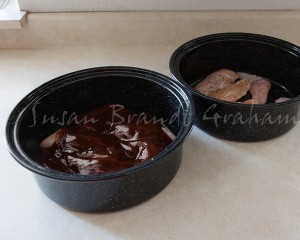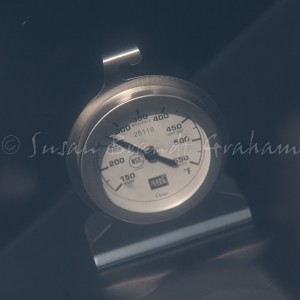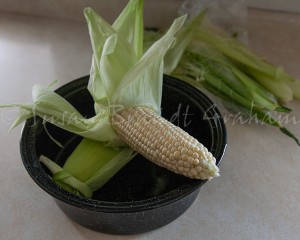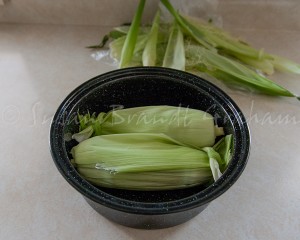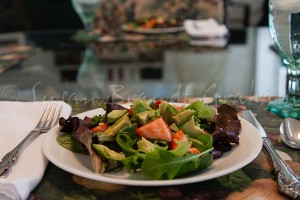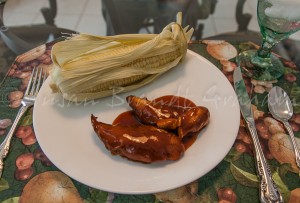Solar Cooking
Solar cooking was put on the back burner, so to speak, while Albuquerque experienced several wonderful days of afternoon and evening rains at the beginning of our 2012 monsoon season. I am very grateful for the rains!!!
I was anxious to try the solar oven for a third time, however, and the forecast for today was for a lessened chance of rain. The morning was actually supposed to be pretty sunny. I had purchased some chicken tenders on sale, and planned to cook different things in each of the two pots. I thought I would cook some plain, to use to make chicken salad tomorrow. I thought I would try a recipe for bbq chicken in the other pot.
I had the oven out and preheating starting at 8:30 am, a little earlier than the two previous times I have tried solar cooking. By 9:30 am the temperature in the oven was 230 F, which was great. There were a few clouds in the sky, but nothing that looked like rain (or even close!). It is pretty clear to me that I am going to be learning things about solar cooking for a long time to come!
At 9:50 am, I put the two separate pots of chicken in.
The temperature almost immediately fell to 150 F, which is what has happened before, so I did not think much about it. At 10:30, however, when I went out to see if the temperature had begun to rise, I was a little horrified to find the temperature back to what the thermometer registers at room temperature. That I was not comfortable with! As long as the food stays above 140 F, I’m pretty comfortable, but food should not be below that temperature for prolonged periods. So, I brought the two pots of chicken in and finished the cooking in the electric oven. I thought that perhaps the temperature variation from previous attempts was due to the scattered clouds.
Just out of curiosity, I decided to leave the oven out, to see what temperatures would actually be reached during the day. Much to my surprise, the temperature got up to 270 F by noon and stayed there until 3:30 pm, in spite of the continued scattered clouds. 270 F is about the maximum temperature this solar oven will reach at this latitude, without the use of reflectors. So, I was surprised.
Because of the high – for the solar oven – temperature in spite of the scattered clouds, I decided to try cooking some corn. We had planned to have it with the bbq chicken, anyway, and the solar oven was free because the chicken had been cooked indoors. I removed the outer dark green husks, and then pulled back, but did not remove, the lighter green husks. This allowed me to remove most of the corn silks.
Then I pulled up the thin husks, and tied each ear with its husks with a piece of the darker green husk.
Two ears went into the solar oven at 3:30 pm (the temperature at that point was 270 F). The ears of corn and the dark pot were at room temperature. The oven temperature dropped to 200 F briefly, and by 4:00 was up to 225 F. It stayed there until I took the corn out at 5:30 pm.
For dinner we once again had our favorite summer salad: baby greens with strawberries, avocado, and raspberry vinaigrette dressing – very refreshing even on a hot day!
Then, we had the bbq chicken that had started out to be solar cooked, but ended up being oven cooked, along with fresh corn that was cooked in the solar oven. Not surprisingly, the chicken was a little dry. The flavor was excellent, and I’ll try it again on a day when there is not a cloud in the sky. The corn was wonderful!

